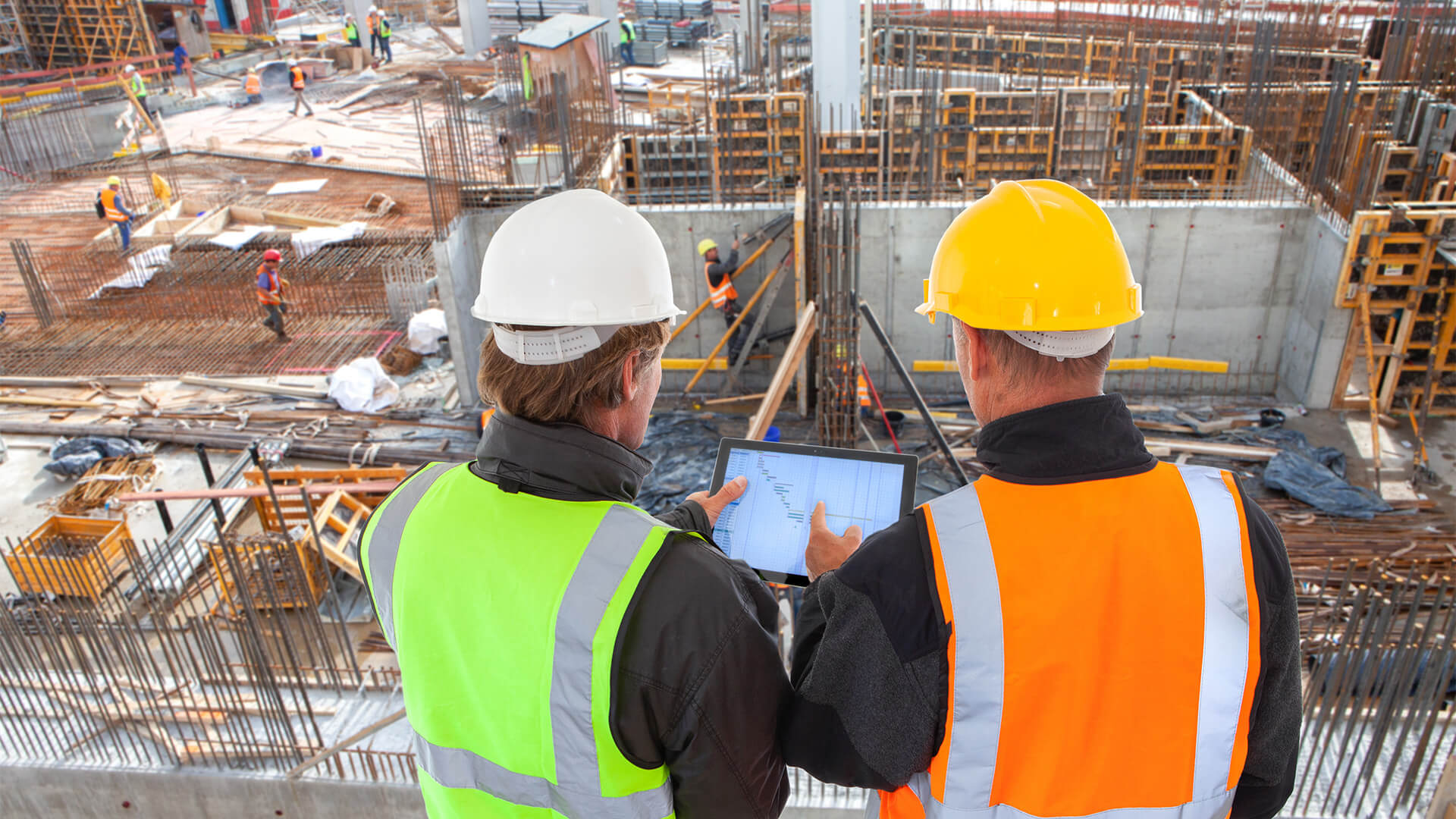Setting up a construction site is a time-consuming and complex process, and that’s after you’ve been given the green light for your planning application. You are going to have to build a detailed plan that ensures health and safety/working regulations set by the state are adhered to. Taking time at the early stages of your construction project will help to ensure accidents and lawsuits don’t happen down the line. If you’ve got the okay on your project, and you’re looking for help on setting up your site, you’ve come to the right place.
Onsite Amenities
Your project is likely going to take several months to complete, and your workforce will be spending plenty of time onsite. Therefore, you need to ensure that you’ve got adequate facilities. When you draw up plans for the site, you need to include freshwater, staff rest areas, and you’ll be obliged to make sure your construction site has the proper sanitation measures in place. For the most part, you will hire portable solutions that will be cheaper than constructing buildings just to be torn down at completion.
Correct Paperwork
Unfortunately, we live in a world of administrative procedures, and construction projects are no exception. You will need to ensure that you’ve got sufficient health and safety paperwork, phase plans, contracts, and survey reports. For some projects, you may need to apply for extra permits. For example, if you’re going to be building at height, you need to hold the correct paperwork to cover your back.
On top of the official documentation, you need to think about the correct signage for your site. For example, you will need informative noticeboards, warning signs, and health and safety posters dotted around. The greater awareness you can give your team, the longer you will go without accidents occurring.
Secure a Perimeter
When you set up your construction site, you are responsible for ensuring members of the public are safe from harm’s way. Therefore, you need to establish a clear perimeter. When you plan the site, you will need to make sure that access routes are clearly blocked and there is plenty of space between the site and the public throughway. On the outside of your perimeter, you should display appropriate information including details of the project and contact information.
Equipment
Your project won’t get off the ground unless you have the right equipment. During your planning phase, you need to make sure that you will have tools for the job as well as sufficient safety wear. You will need hard hats, safety boots, protective gloves, goggles, and dust masks, to name a few. The best practice when it comes to safety is to account for everything. It’s best to have the gear on-site and not need it.
Planning for a construction project is a complex procedure. To do it right, you need to ensure you have the correct paperwork in place and that the site caters to the needs of your workforce. You are responsible for the healthy running of the site, so don’t leave anything to chance.
































